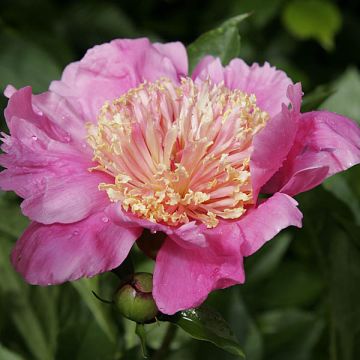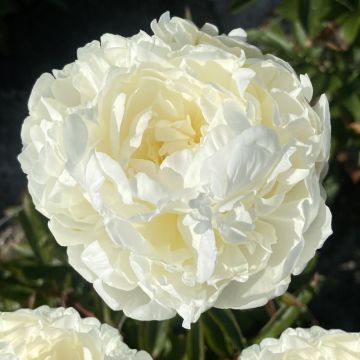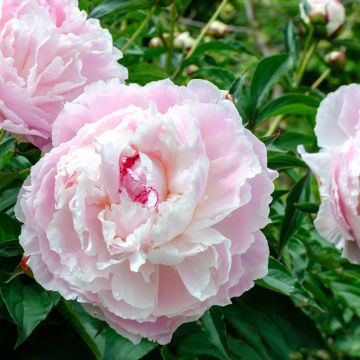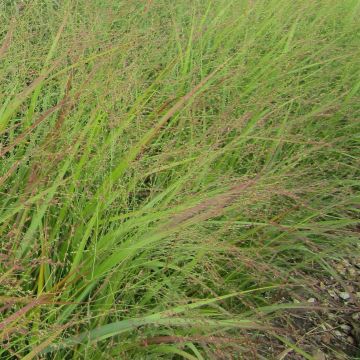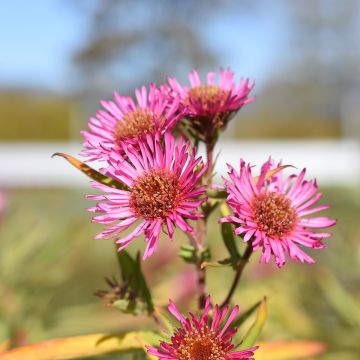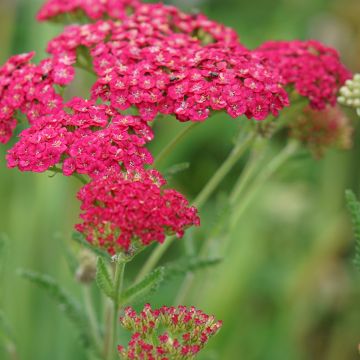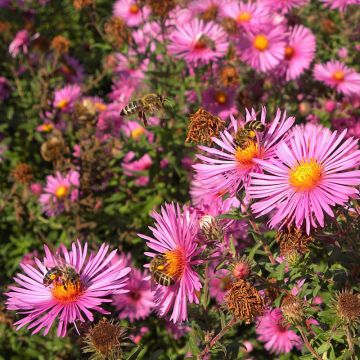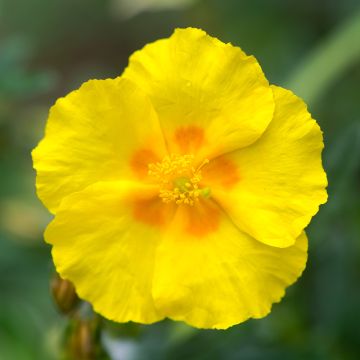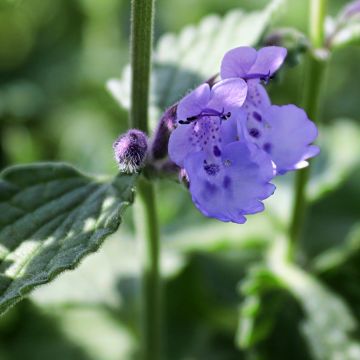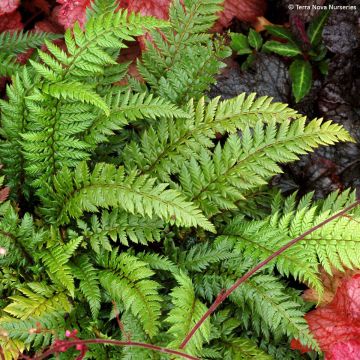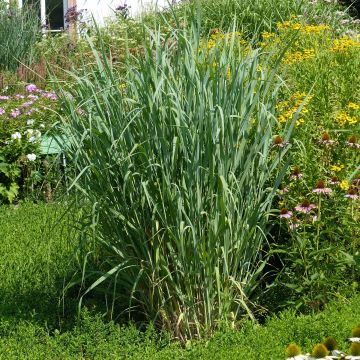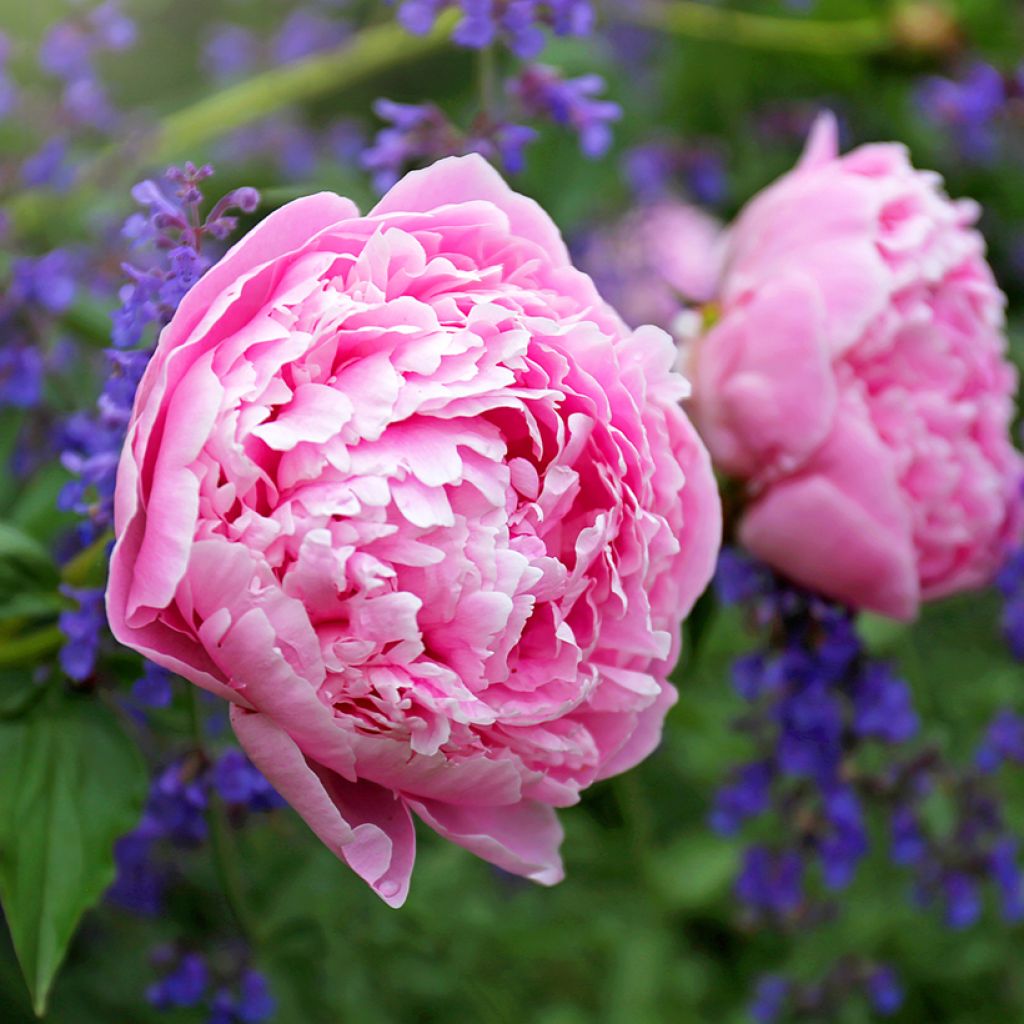

Paeonia lactiflora Sarah Bernhardt
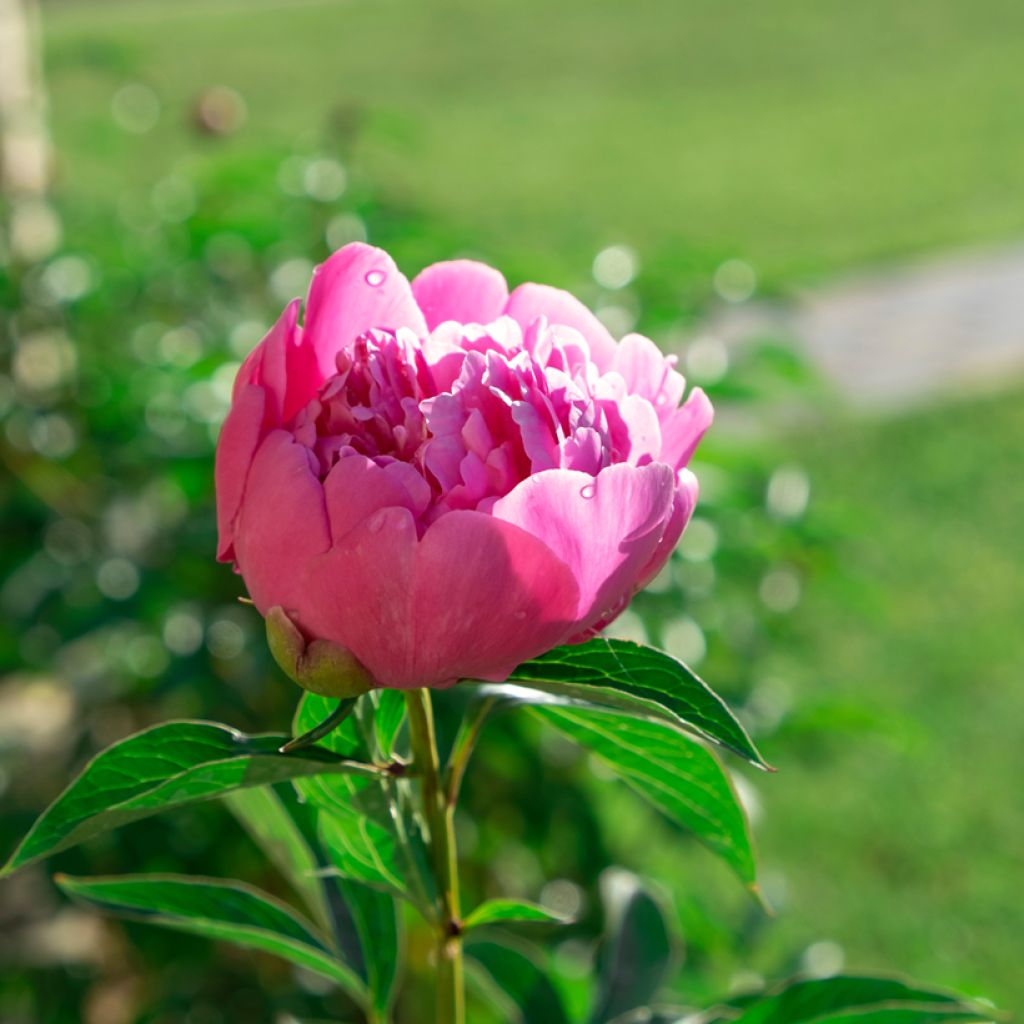

Paeonia lactiflora Sarah Bernhardt
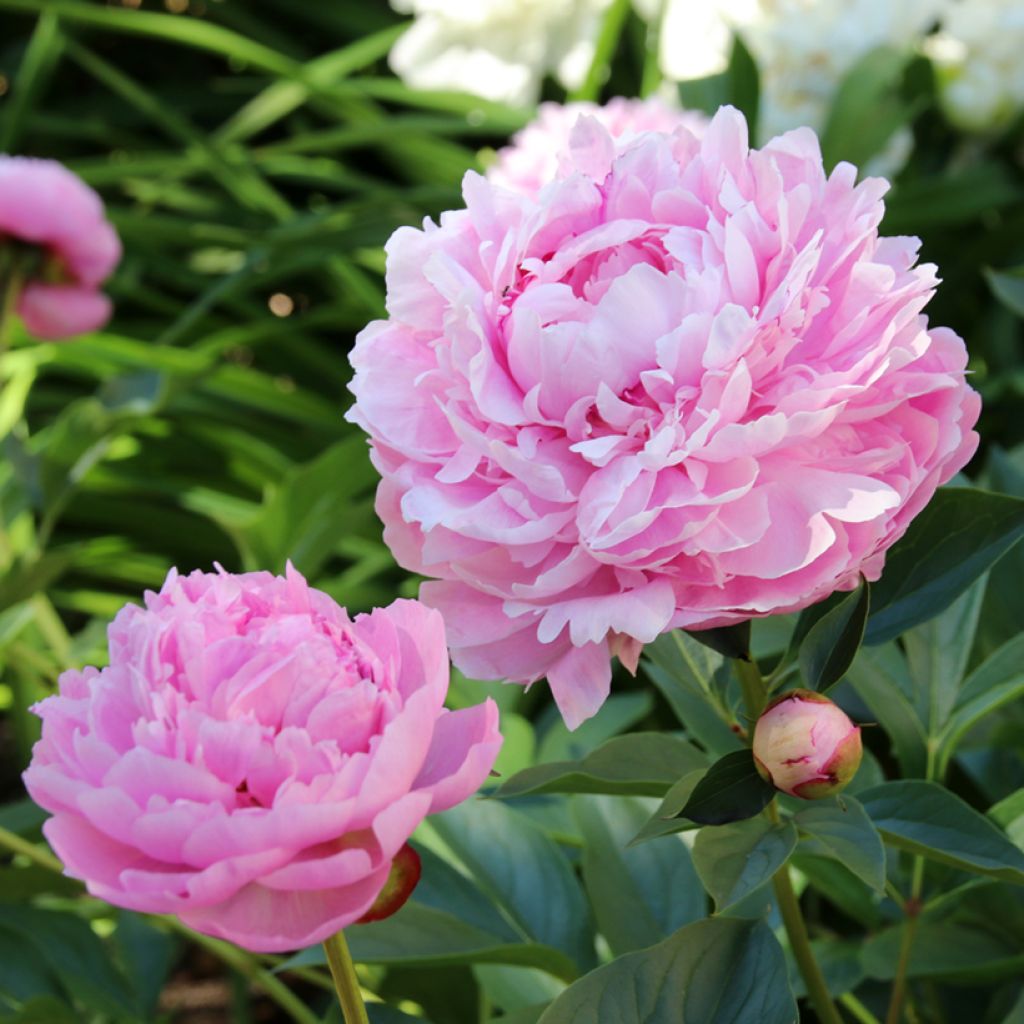

Paeonia lactiflora Sarah Bernhardt
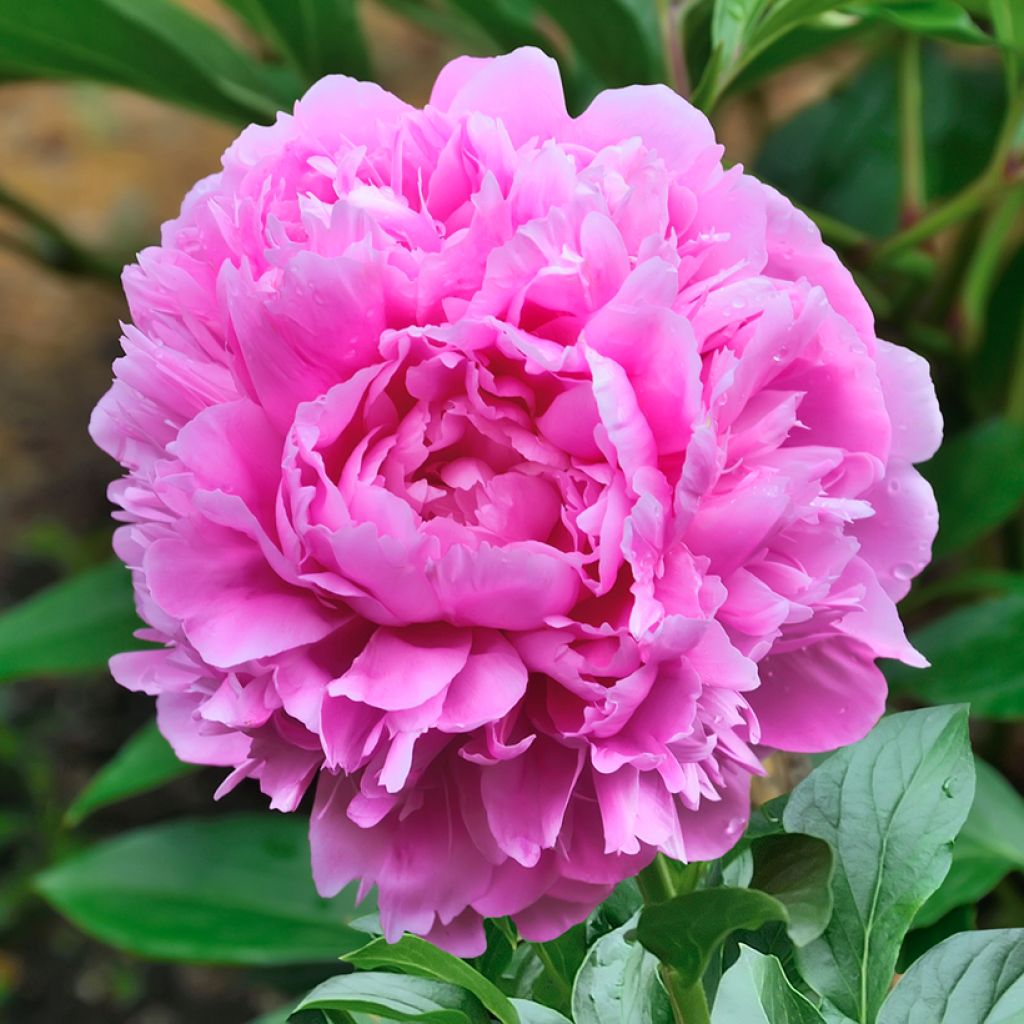

Paeonia lactiflora Sarah Bernhardt
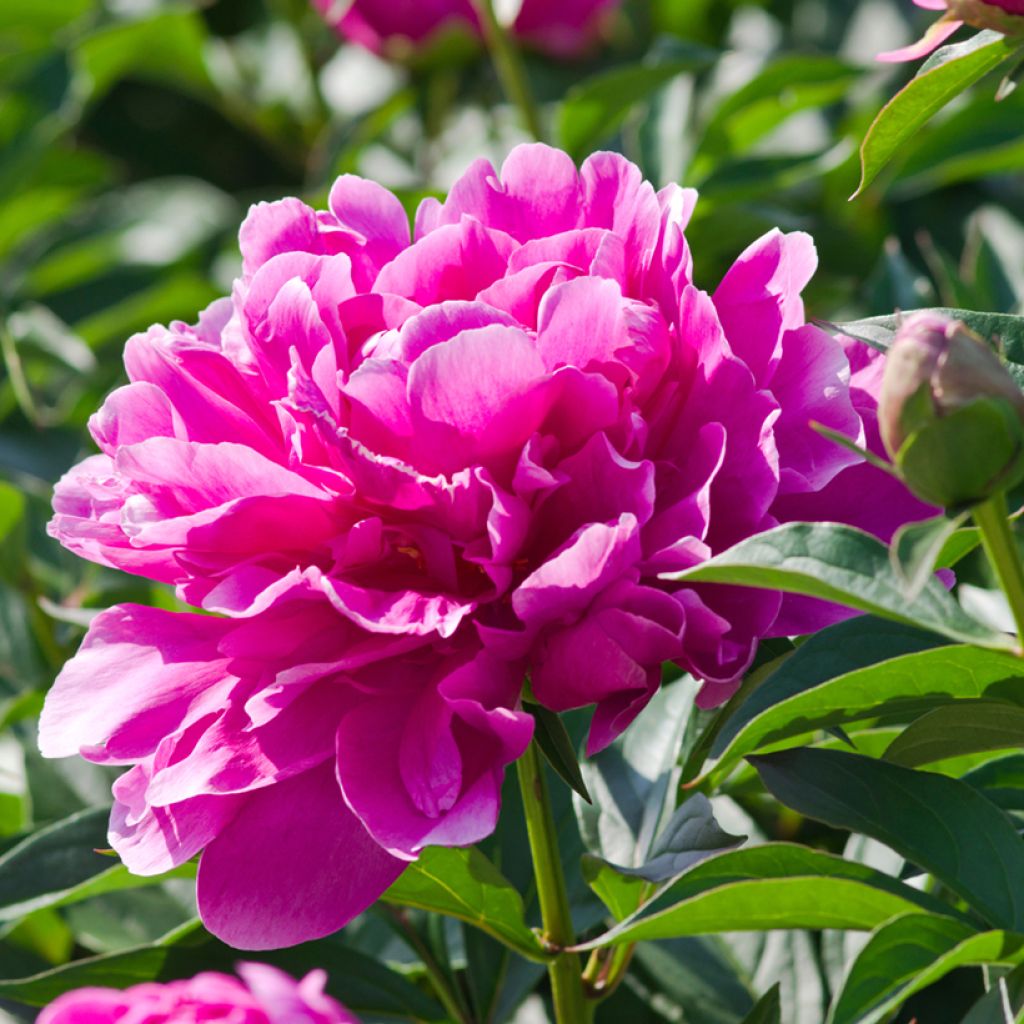

Paeonia lactiflora Sarah Bernhardt
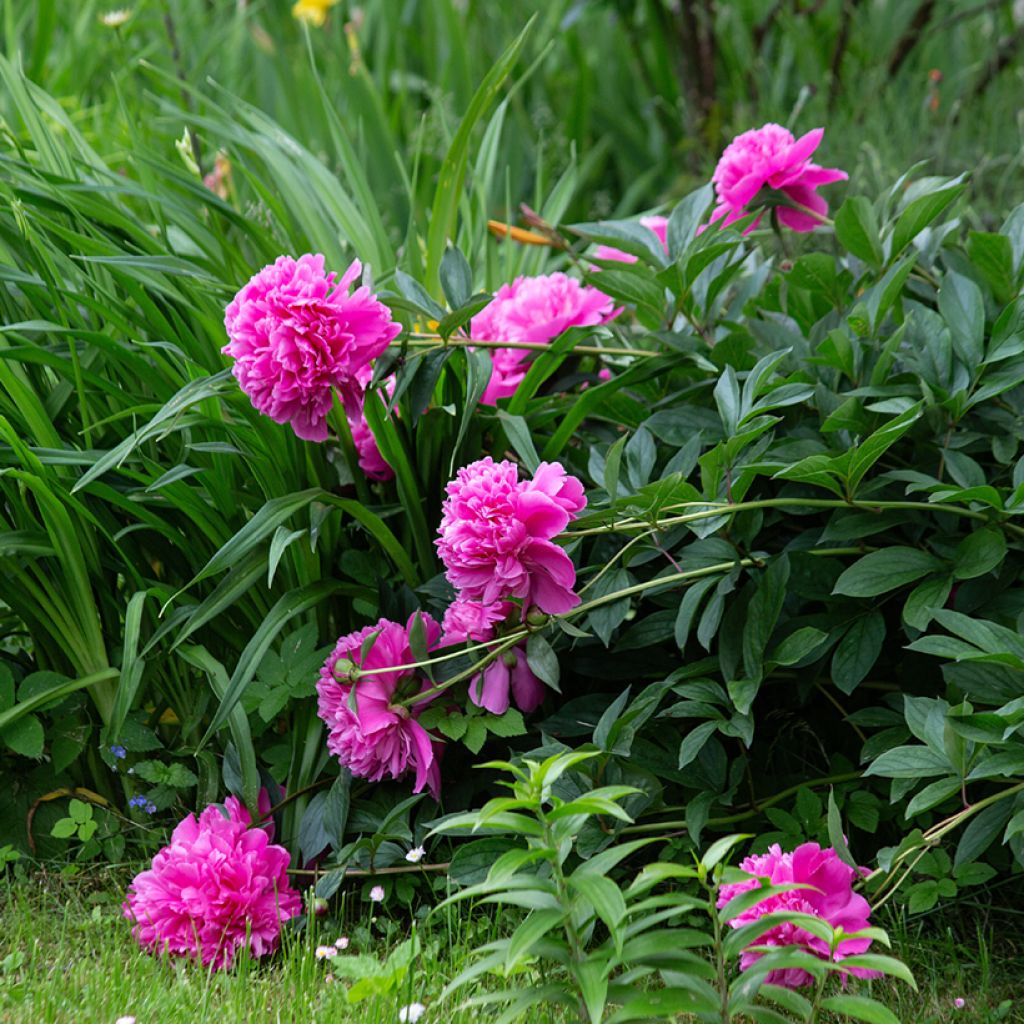

Paeonia lactiflora Sarah Bernhardt
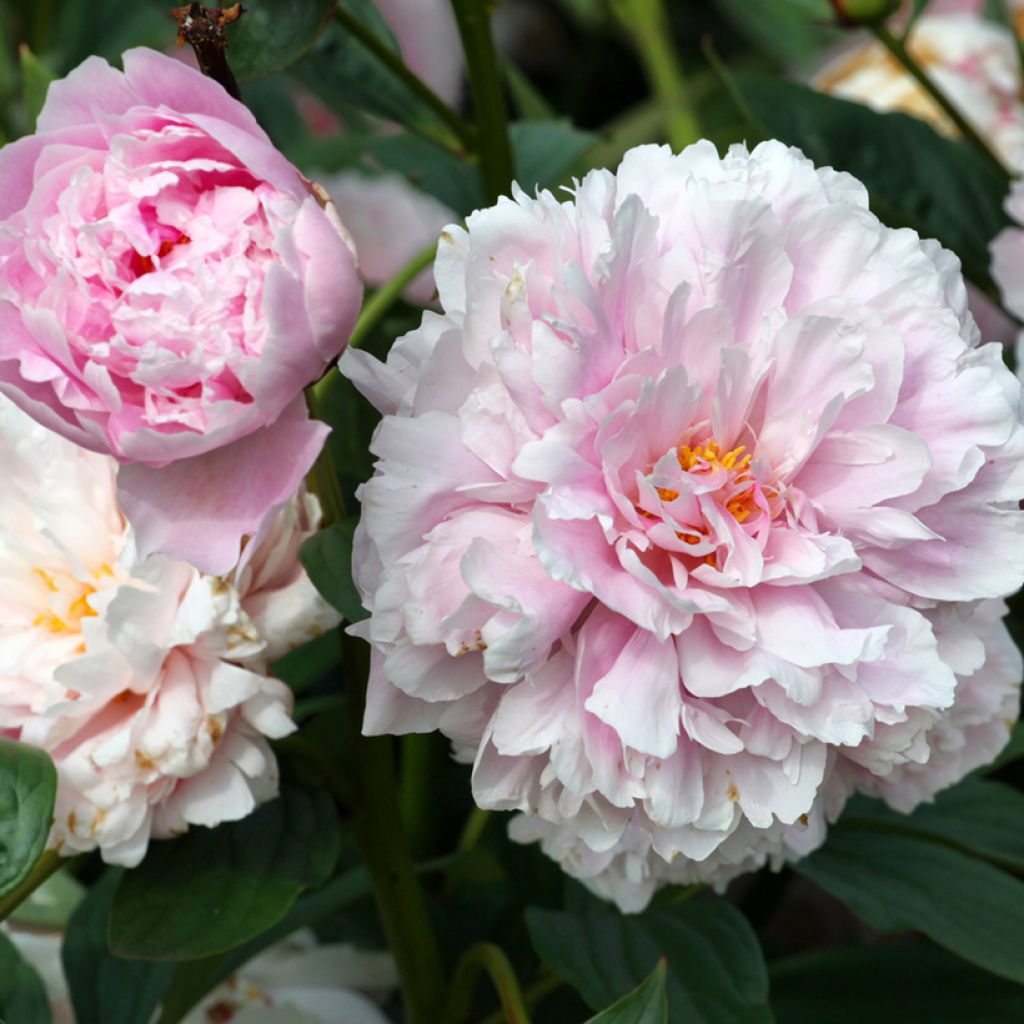

Paeonia lactiflora Sarah Bernhardt
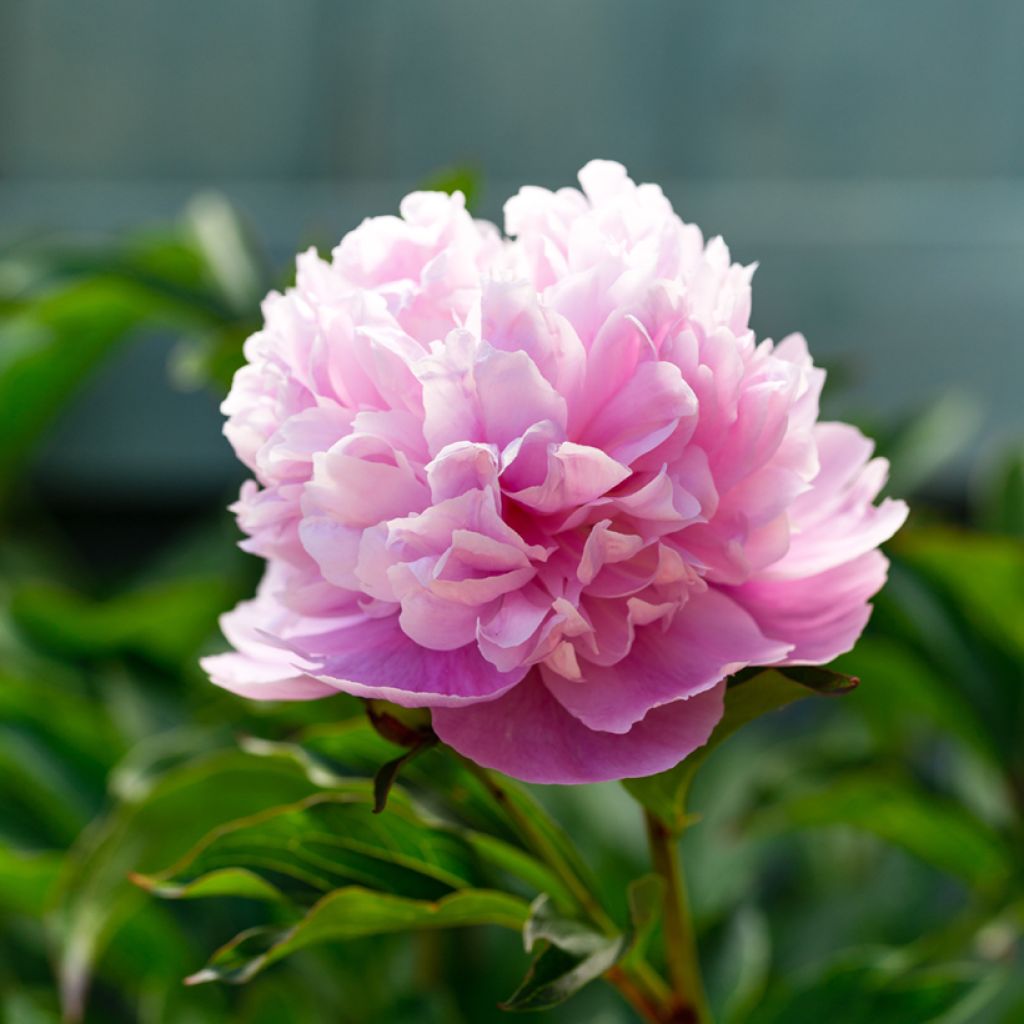

Paeonia lactiflora Sarah Bernhardt
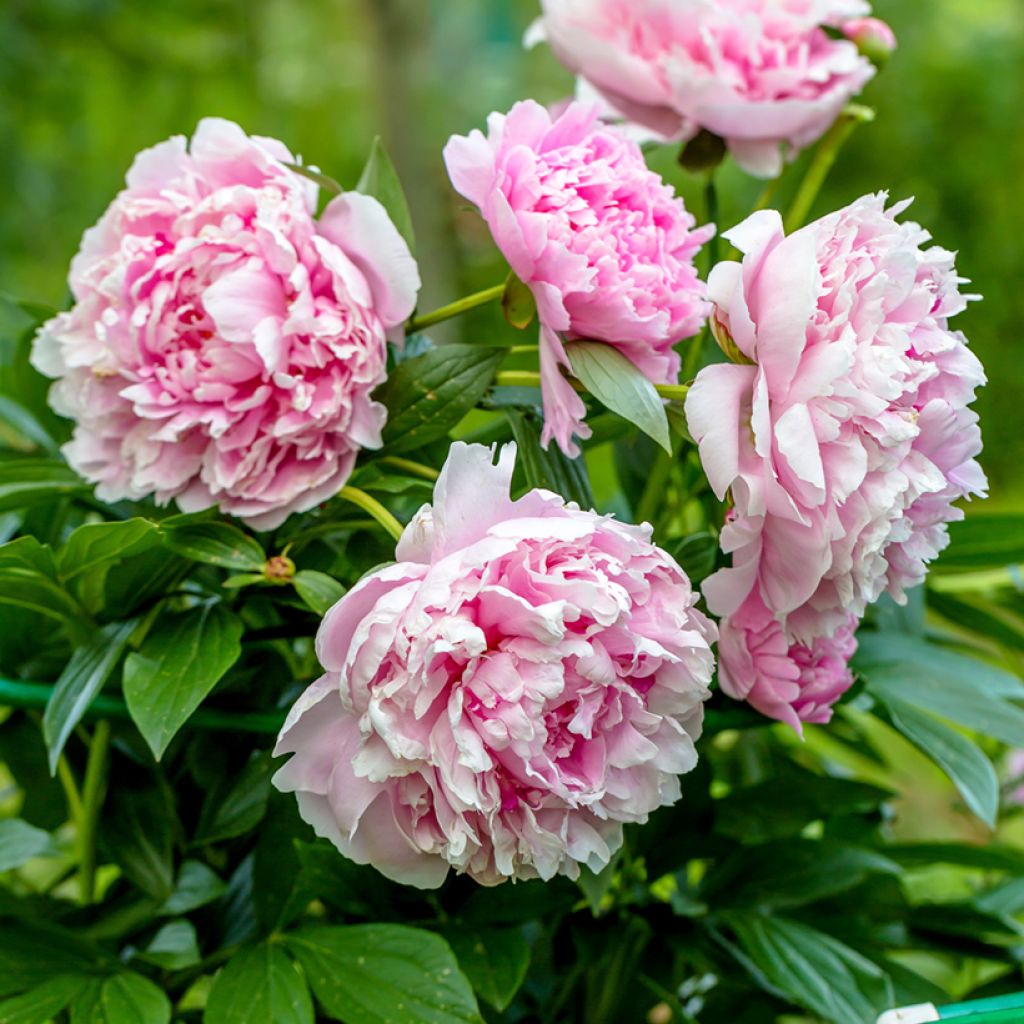

Paeonia lactiflora Sarah Bernhardt
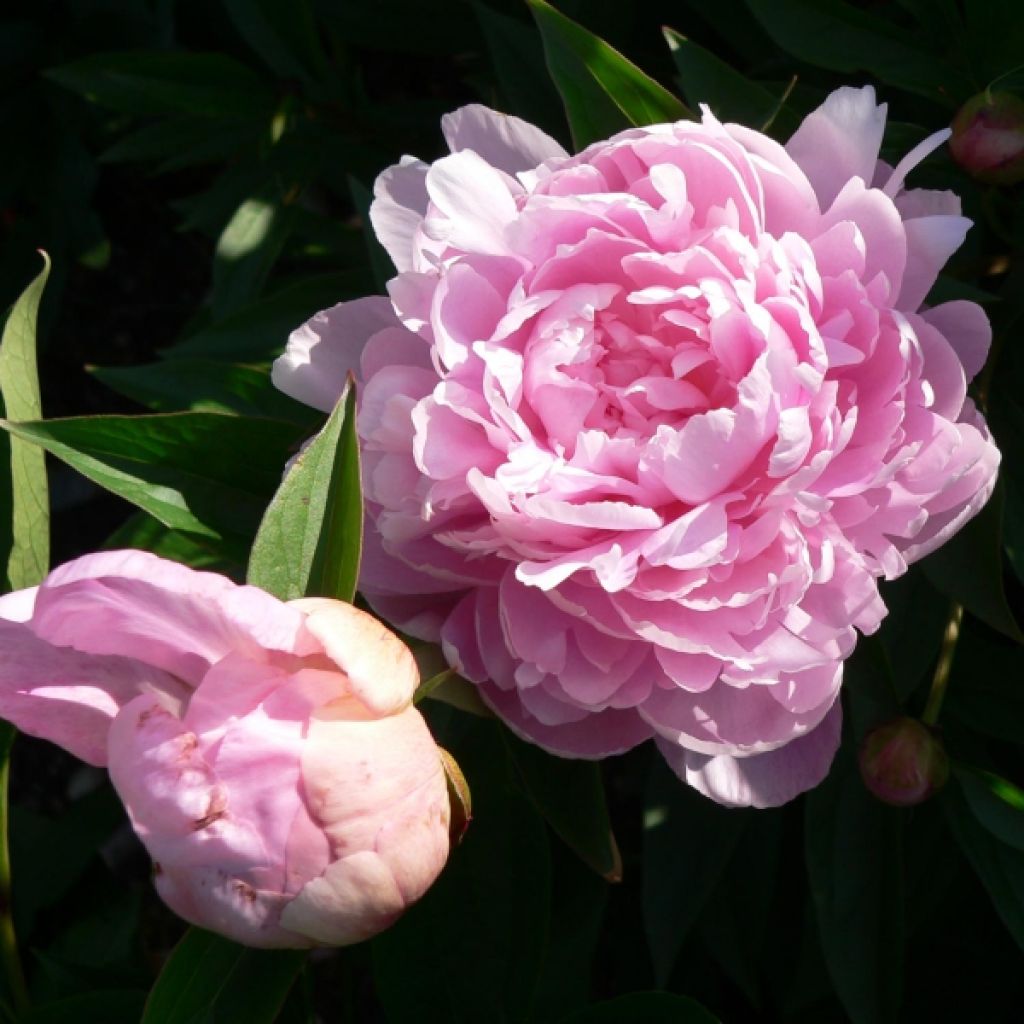

Paeonia lactiflora Sarah Bernhardt
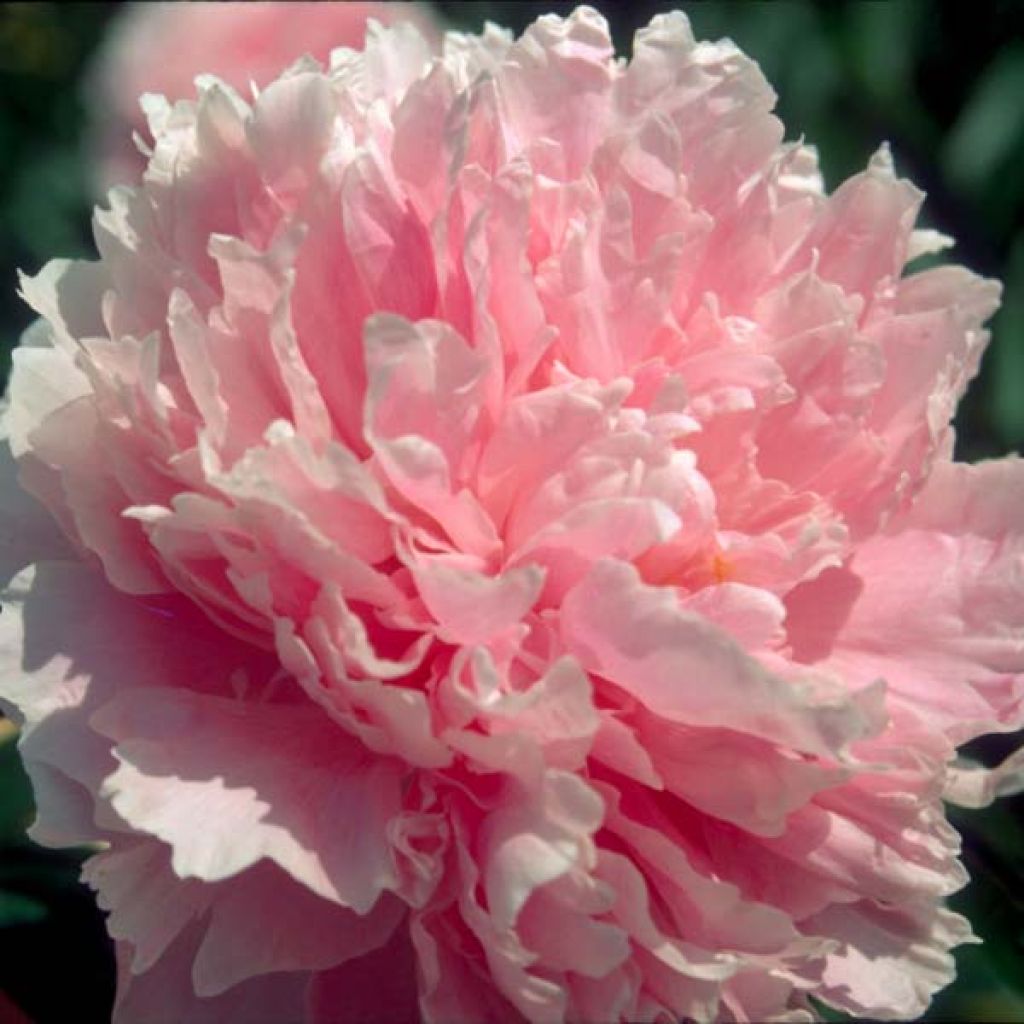

Paeonia lactiflora Sarah Bernhardt
Paeonia lactiflora Sarah Bernhardt
Paeonia x lactiflora Sarah Bernhardt
Pivoine de Chine, Pivoine herbacée
This item cannot be shipped to the selected country
Delivery charge from €5.90
Delivery charge from €5.90
More information
Schedule delivery date,
and select date in basket
This plant carries a 12 months recovery warranty
More information
We guarantee the quality of our plants for a full growing cycle, and will replace at our expense any plant that fails to recover under normal climatic and planting conditions.
From €5.90 for pickup delivery and €6.90 for home delivery
Express home delivery from €8.90.
From €5.90 for pickup delivery and €6.90 for home delivery
Express home delivery from €8.90.

Does this plant fit my garden?
Set up your Plantfit profile →
Description
The Sarah Bernhardt hybrid peony is a very vigorous perennial with a bushy habit. Floriferous, this peony has charming flowering on branches that disappear in winter and reappear in spring. This flower, one of the most beautiful in the garden, blooms from May to June, producing beautiful and large very fragrant double flowers. These flowers are silvery pink with a salmon-coloured heart and a fine white border, opening up like pompoms and resembling lovely pink cabbages. They become lighter in the sun. The large crinkled petals are found on the outer edges of the flower, while the central ones are smaller but more numerous.
Its deciduous leaves are a generous bright green, divided and fleshy. At maturity, the Sarah Bernhardt Peony can reach a height of 80cm (32in) to 1m (3ft). It is an elegant flower in a vase and will also enhance your flowerbeds and borders. You can grow them in groups with other perennials, old roses, or even mix them with grasses. They can also decorate lawns as a solitary specimen. For flowering throughout spring and summer, associate them with perennials that bloom before or after them, such as phlox, chrysanthemums, and campanulas.
This Paeonia adds charm to the pathways of a vegetable garden, at the foot of fruit trees, just like in traditional vegetable plots. Herbaceous peonies remind us of the scents and beauty of our grandparents' gardens, where they were often present.
Our bouquet tip: Cut your peonies at sunrise when the buds start to colour.
Report an error about the product description
Paeonia lactiflora Sarah Bernhardt in pictures


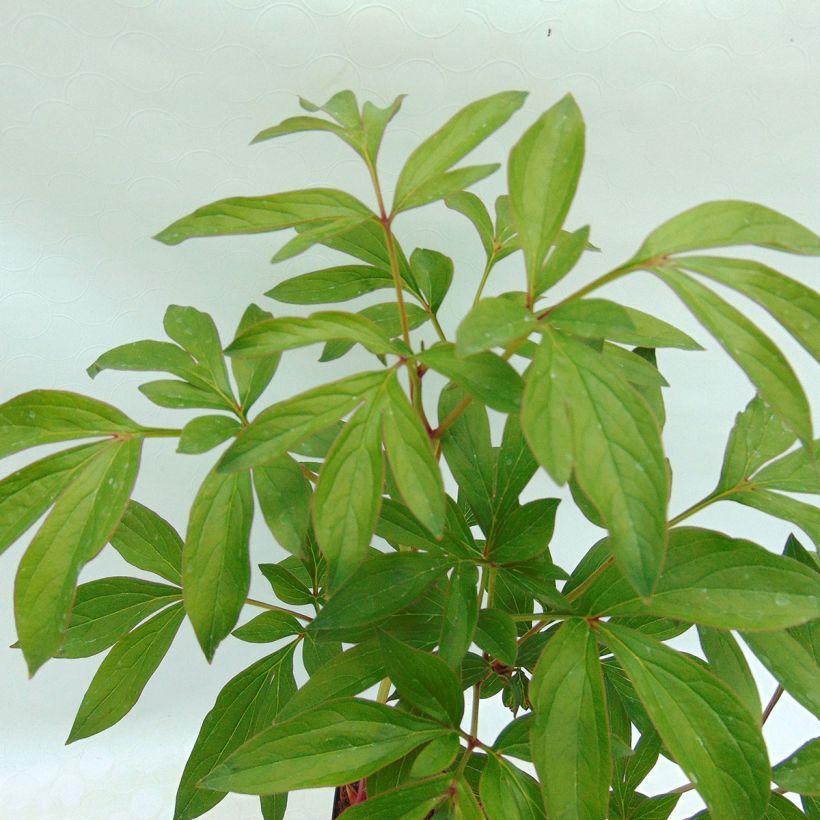



Flowering
Foliage
Plant habit
Botanical data
Paeonia
x lactiflora
Sarah Bernhardt
Ranunculaceae
Pivoine de Chine, Pivoine herbacée
Cultivar or hybrid
Other Herbaceous and hybrid Peonies
Planting and care
Place the Sarah Bernhardt Peony mainly in the sun. In southern regions you should provide partial shade, protecting it during the hottest hours of the day. Plant from September to March, preferably in autumn, in deep and fertile, humus-bearing soil, moist but well-drained to prevent the roots from rotting. Add compost or manure in autumn and spring. Easy to grow, peonies require little maintenance. At planting, make a large hole measuring 40 to 50 cm (16 to 20in) in each direction and add potting soil, river sand, and peat moss. Place the collar 3 cm (1in) below the surface. Space the peonies 70 cm (28in) apart as they need room and do not like competition from other species. Keep the soil moist throughout the growing season with regular watering. Peonies are known to be homebodies so should not be moved after planting (if you do they have to be divided, otherwise they won't flower for several years). Between February and April or October and November, cut the foliage down to ground level. Provide support for the flower stems with a stake and remove faded flowers during the season. Protect peonies from viruses, nematodes, and thrips larvae. Armillaria (honey fungus) can cause rapid death of the plant, and stem rot destroys shoots and flower buds.
Planting period
Intended location
Care
-
, onOrder confirmed
Reply from on Promesse de fleurs
Foolproof perennials
Haven't found what you were looking for?
Hardiness is the lowest winter temperature a plant can endure without suffering serious damage or even dying. However, hardiness is affected by location (a sheltered area, such as a patio), protection (winter cover) and soil type (hardiness is improved by well-drained soil).

Photo Sharing Terms & Conditions
In order to encourage gardeners to interact and share their experiences, Promesse de fleurs offers various media enabling content to be uploaded onto its Site - in particular via the ‘Photo sharing’ module.
The User agrees to refrain from:
- Posting any content that is illegal, prejudicial, insulting, racist, inciteful to hatred, revisionist, contrary to public decency, that infringes on privacy or on the privacy rights of third parties, in particular the publicity rights of persons and goods, intellectual property rights, or the right to privacy.
- Submitting content on behalf of a third party;
- Impersonate the identity of a third party and/or publish any personal information about a third party;
In general, the User undertakes to refrain from any unethical behaviour.
All Content (in particular text, comments, files, images, photos, videos, creative works, etc.), which may be subject to property or intellectual property rights, image or other private rights, shall remain the property of the User, subject to the limited rights granted by the terms of the licence granted by Promesse de fleurs as stated below. Users are at liberty to publish or not to publish such Content on the Site, notably via the ‘Photo Sharing’ facility, and accept that this Content shall be made public and freely accessible, notably on the Internet.
Users further acknowledge, undertake to have ,and guarantee that they hold all necessary rights and permissions to publish such material on the Site, in particular with regard to the legislation in force pertaining to any privacy, property, intellectual property, image, or contractual rights, or rights of any other nature. By publishing such Content on the Site, Users acknowledge accepting full liability as publishers of the Content within the meaning of the law, and grant Promesse de fleurs, free of charge, an inclusive, worldwide licence for the said Content for the entire duration of its publication, including all reproduction, representation, up/downloading, displaying, performing, transmission, and storage rights.
Users also grant permission for their name to be linked to the Content and accept that this link may not always be made available.
By engaging in posting material, Users consent to their Content becoming automatically accessible on the Internet, in particular on other sites and/or blogs and/or web pages of the Promesse de fleurs site, including in particular social pages and the Promesse de fleurs catalogue.
Users may secure the removal of entrusted content free of charge by issuing a simple request via our contact form.
The flowering period indicated on our website applies to countries and regions located in USDA zone 8 (France, the United Kingdom, Ireland, the Netherlands, etc.)
It will vary according to where you live:
- In zones 9 to 10 (Italy, Spain, Greece, etc.), flowering will occur about 2 to 4 weeks earlier.
- In zones 6 to 7 (Germany, Poland, Slovenia, and lower mountainous regions), flowering will be delayed by 2 to 3 weeks.
- In zone 5 (Central Europe, Scandinavia), blooming will be delayed by 3 to 5 weeks.
In temperate climates, pruning of spring-flowering shrubs (forsythia, spireas, etc.) should be done just after flowering.
Pruning of summer-flowering shrubs (Indian Lilac, Perovskia, etc.) can be done in winter or spring.
In cold regions as well as with frost-sensitive plants, avoid pruning too early when severe frosts may still occur.
The planting period indicated on our website applies to countries and regions located in USDA zone 8 (France, United Kingdom, Ireland, Netherlands).
It will vary according to where you live:
- In Mediterranean zones (Marseille, Madrid, Milan, etc.), autumn and winter are the best planting periods.
- In continental zones (Strasbourg, Munich, Vienna, etc.), delay planting by 2 to 3 weeks in spring and bring it forward by 2 to 4 weeks in autumn.
- In mountainous regions (the Alps, Pyrenees, Carpathians, etc.), it is best to plant in late spring (May-June) or late summer (August-September).
The harvesting period indicated on our website applies to countries and regions in USDA zone 8 (France, England, Ireland, the Netherlands).
In colder areas (Scandinavia, Poland, Austria...) fruit and vegetable harvests are likely to be delayed by 3-4 weeks.
In warmer areas (Italy, Spain, Greece, etc.), harvesting will probably take place earlier, depending on weather conditions.
The sowing periods indicated on our website apply to countries and regions within USDA Zone 8 (France, UK, Ireland, Netherlands).
In colder areas (Scandinavia, Poland, Austria...), delay any outdoor sowing by 3-4 weeks, or sow under glass.
In warmer climes (Italy, Spain, Greece, etc.), bring outdoor sowing forward by a few weeks.


































